The final quarter of the year is often the most important for businesses. Whether you are trying to hit ambitious revenue goals, prepare for the coming year, or maximize end-of-year opportunities, Q4 provides a unique window to make meaningful progress. For many companies, this is the season where planning meets execution, and the ability to align marketing and sales strategies can define how the year closes and how the next one begins.
In fact, 75% of companies end their fiscal year in the fourth quarter (Q4), which typically spans from October 1 to December 31. This makes Q4 particularly high stakes. Not only are organizations focused on hitting their own internal goals, but many buyers are also under pressure to spend remaining budget before it resets in January. The urgency on both sides creates a unique opportunity for sales and marketing teams who know how to position themselves effectively.
So how do you ensure your business ends the year on a strong note? Let’s go over Q4 marketing and sales strategies that can help you close out the year with momentum while setting the stage for success in the new year.
Why Q4 Matters More Than You Think
The fourth quarter is often associated with holiday promotions and consumer spending, but for B2B companies, it holds a deeper significance. This is the time when decision-makers review budgets, evaluate vendor performance, and finalize contracts for the next year. If you have been nurturing leads throughout the year, Q4 is when many of those relationships can finally convert into signed deals.
It’s also when organizations are more willing to take action. Sales cycles that seemed stalled in Q2 or Q3 often pick up speed as fiscal deadlines approach. Prospects that previously hesitated may be more willing to commit in order to secure pricing, lock in services, or use remaining funds before they expire.
From a marketing perspective, Q4 is also the last chance to amplify your brand presence before the year ends. Consistent visibility during this period ensures that when decision-makers are ready to sign contracts or finalize vendors, your business is top of mind.
Aligning Marketing and Sales Goals
One of the most important steps in a successful Q4 strategy is aligning marketing and sales teams around common goals. Misalignment can lead to wasted resources, duplicated efforts, and missed opportunities. Start by reviewing your annual targets and identifying where you stand. Are you ahead of schedule, right on track, or falling short? Understanding this context will help you determine whether Q4 efforts should be focused on aggressive lead generation, deal acceleration, or customer retention.
A collaborative approach is essential. Marketing should provide sales with the content, campaigns, and messaging that resonate most with target audiences, while sales should share real-time feedback on objections, buying signals, and customer needs. Together, both teams can create a unified push that maximizes Q4 outcomes.
 Strategy 1: Leverage Budget Deadlines
Strategy 1: Leverage Budget Deadlines
Since so many organizations end their fiscal year in Q4, budget deadlines create both opportunities and urgency. Many companies have “use it or lose it” funds that must be allocated before the end of December. Positioning your products or services as a smart way to maximize remaining budget can be a powerful motivator.
Marketing campaigns can highlight limited-time offers, bundled packages, or end-of-year incentives. Sales teams can proactively reach out to prospects who showed interest earlier in the year but did not purchase. By framing your solution as a strategic way to make the most of unused budget, you align with the financial realities of your buyers.
Strategy 2: Focus on Account-Based Marketing
Q4 is not the time to cast the widest net possible. Instead, it’s the perfect opportunity to double down on your highest-value accounts. Account-based marketing (ABM) ensures that resources are concentrated on the prospects most likely to convert within the remaining months. This approach requires a deep understanding of key decision-makers, their challenges, and their goals for the upcoming year. Personalized outreach, tailored content, and custom proposals show that you are invested in solving their unique problems. This level of focus often accelerates deal velocity and increases close rates in Q4.
Strategy 3: Create Seasonal Campaigns That Resonate
While B2C brands dominate holiday advertising, B2B companies can also take advantage of seasonal messaging. End-of-year campaigns that tie into themes of reflection, planning, and growth often resonate strongly with business audiences.
Here are a few examples:
- A year-in-review report that positions your company as a thought leader.
- End-of-year webinars focused on industry trends for the upcoming year.
- Email campaigns that encourage prospects to “start the new year strong” with your solutions.
By aligning your messaging with the season, you tap into the natural mindset of planning and preparation that accompanies Q4.
Strategy 4: Strengthen Customer Relationships
Q4 should not be solely about new business. It’s also an ideal time to reinforce relationships with existing customers. Satisfied customers can drive renewals, upsells, and referrals that contribute significantly to end-of-year performance. Show appreciation by reaching out with personalized thank-you messages, offering loyalty incentives, or inviting customers to exclusive events. You can also use Q4 to gather testimonials, case studies, and feedback that will strengthen your marketing efforts in the year ahead.
Strategy 5: Optimize Your Sales Pipeline
With limited time left in the year, efficiency becomes critical. Evaluate your sales pipeline to identify which opportunities are most likely to close in Q4. Prioritize those accounts and allocate resources accordingly. This doesn’t mean abandoning other prospects, but it does mean being strategic. Opportunities that are still in early stages may be better suited for Q1 of the following year. By focusing on deals that are already warm, you maximize your chances of hitting revenue targets before December 31.
 Strategy 6: Invest in Data-Driven Decisions
Strategy 6: Invest in Data-Driven Decisions
Data is especially valuable in Q4 when decisions must be made quickly and resources are limited. Analyze your campaigns, conversion rates, and sales activities to determine what is driving results and where adjustments are needed. For example, if certain channels are generating high-quality leads, shift more budget toward them. If specific types of content are driving engagement, double down on creating similar assets. A data-driven approach ensures that every action you take in Q4 is backed by evidence rather than guesswork.
Strategy 7: Plan Ahead for Q1
While Q4 is about closing strong, it’s also about setting the stage for a successful new year. The work you do now can influence your momentum in Q1. As you engage with prospects and customers, start planting seeds for long-term initiatives. If certain deals cannot close before year-end, position them for early Q1 instead. Use end-of-year campaigns to build your pipeline so that when January arrives, you are not starting from scratch. This dual focus, finishing strong while preparing for what’s next, ensures continuity and growth beyond Q4.
Final Thoughts
Q4 is more than just the final chapter of the year; it’s the time when preparation, execution, and opportunity converge. With 75% of companies ending their fiscal year during this period, the pressure and potential are higher than at any other time. By aligning marketing and sales, focusing on budget deadlines, investing in account-based strategies, strengthening customer relationships, and maintaining a balanced approach to both the present and the future, your business can finish the year strong.
IN2communications is a Managed Marketing Agency specializing in full-funnel marketing strategies, including website development, content creation, lead generation, and ROI analytics.



